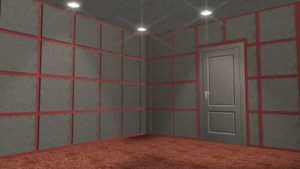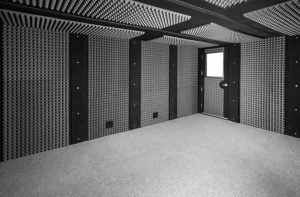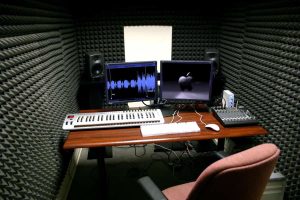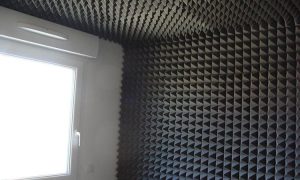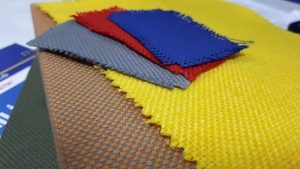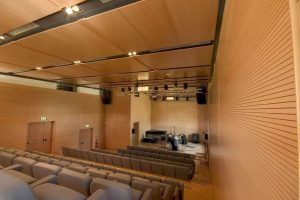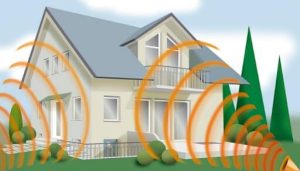Correct and wrong practices in sound insulation affect the rate of transmission of sound. Sound insulation is based on the principle that all spaces are covered using solid, thick and absorbent materials.
Rigid Material Connection
Making a hard material connection causes the insulation to weaken. Connecting the skirtings used in the floor covering using hard materials such as nails and screws causes a sound bridge. Sound bridges that combine with other connection areas cause sound transmission to running walls, causing insulation to deteriorate. Skirting boards should be mounted using elastic materials such as silicon to prevent the formation of sound bridges.
Construction Application Errors
The insufficiency of the joint crosses used in the walls during construction applications also causes the sound insulation to deteriorate. Covering all four sides of the materials such as aerated concrete, brick or pumice used in the walls, which are used in the walls, prevents the sound transmission. In the double wall application, filling the gaps between the walls by using the insulation material completely and eliminating the gap causes the sound to be transmitted and causes the insulation to deteriorate. Since sound insulation also has the feature of vibrating, materials filling the gaps can cause the transmission of vibration.
Window and Door Installation
Failure to use flexible materials in the assembly of windows and doors may cause sound insulation to deteriorate. Acoustic leaks may occur, especially if rigid material connection means are used at the connection points. It must be closed in the openings in the windows and doors. The spaces closed by using airtight gaskets prevent sound propagation and ensure sound insulation.
Wall Placement Sequence
Mistakes in the masonry sequence also cause sound transmission. Building walls after floating screeds causes sound bridges within the walls and the transmission of sounds. The correct application that does not create a sound bridge is to apply floating screed after the wall is built. When applied correctly, the floating screed will be interrupted and the formation of sound bridges will be prevented.
Suspended Ceiling Application
During suspended ceiling applications, incorrect practices such as cutting the walls, which are divider elements, from under the suspended ceiling and making connections using hard materials, cause a sound bridge. In these wrong applications, sounds are transmitted to neighboring walls by spreading from connection points, bridges and gaps in between. In order to prevent sound transmission, walls should be built first in suspended ceiling applications. Suspended ceiling should be done after this application and the materials used in the connection points of the ceiling should be chosen from among the elastic structures.
Perforated surfaces should be preferred in order to use suspended ceilings more efficiently. In order to reduce the noise of the ceiling’s own volume, it should not be connected with hard materials. Thus, all sounds can be easily absorbed, regardless of whether the frequency range is low or high.
Neighboring Wall Application
Bringing the sockets or telephone antenna connection points back to back, as a mistake in the neighboring wall application, causes a sound bridge. In order to prevent the sound bridge and transmission, sockets and switches placed on neighboring walls must be mounted using the staggered method. In order to provide sound insulation between two neighboring kitchens, it is necessary to use a double wall application. If the double wall is not applicable, it is possible to prevent sound transmission by making shafts for the connections. Electrical sockets and switches should not touch the walls used as divider elements. The use of elastic materials in between provides prevention of sound transmission.
Neighboring walls should not be preferred when installing devices such as air conditioners. Sound transmission can be prevented by applying a thin insulation material between the wall behind these devices and the device.
